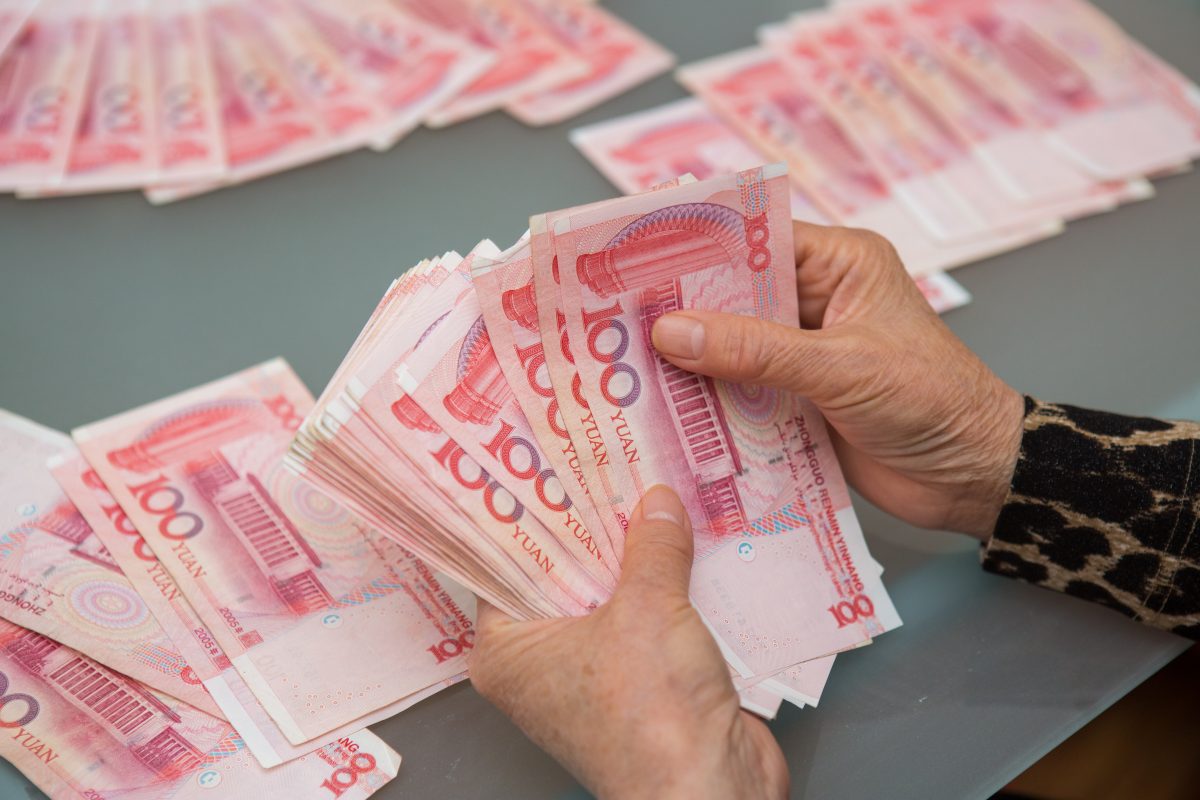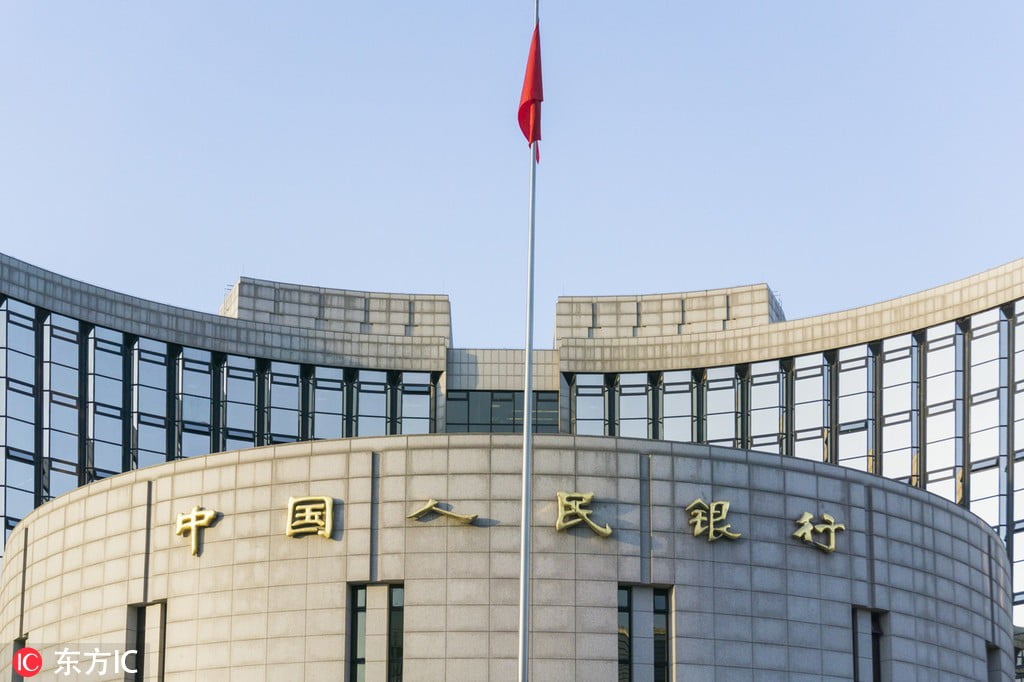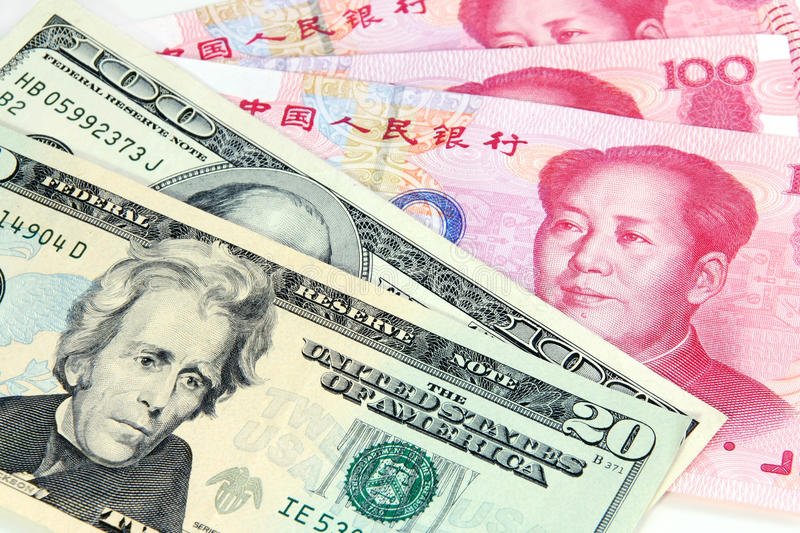China’s forex reserves fall to $3.055 trillion in August: Latest News of 2022

Reports show that China’s foreign exchange reserves reached a significant $3.055 trillion at the end of August, which is $49.2 billion down compared to the serves in July. The data was revealed from the State Administration of Foreign Exchange.

The depletion of the forex reserves has been due to the current economic condition. Wang Chunying, the deputy administrator and spokesperson of SAFE, has highlighted that the major reason is the downward pressure on the global economy and the increasing volatility of the international market. Furthermore, she stated that the U.S dollar index surged in August while the prices of global financial assets declined significantly.
The U.S dollar, which holds more value than most of the currencies of the world, reached its all-time high in August, hitting the mark of 110.69. This step has created uncalled pressure upon the Chinese yuan.
Moreover, the surge in the value of the U.S dollar was not only limited to the depreciation of the Chinese currency, but the Japanese yen also suffered a loss. The sudden surge has put impeccable pressure on the Federal Reserve, which plans to maintain an aggressive policy tightening.
China has even overcome the tougher times due to the Covid-19 pandemic, where it has kept its economy in an appropriate range by effectively coordinating epidemic prevention and control with economic and social development while implementing a series of policies to keep the economy in stable condition.
In an attempt to overcome the depleting forex reserves, the Chinese Government has already started taking necessary steps. China slashed the number of foreign exchange deposits banks need to set aside for the second time when the country’s currency hit a two-year low. The policy states that the financial institutions will need to hold 6 percent of their foreign currency deposits in reserves starting from September 15, compared to the current value of 8%. The policy was addressed by the People’s Bank of China.
What is PBOC’s attempt to save China’s drowning economy?
The main reason behind the implementation of the policy is that the move is expected to increase the supply of foreign currencies. This will, in turn, make it an attractive choice for the traders to buy the yuan. The yuan’s decline contributed to the tightening of the monetary policy in the U.S and a tragic energy crisis in Europe.
While the People’s Bank of China is trying its best to keep the yuan’s value unshaken, it has already been predicted by the major banks, including Goldman Sachs Group Inc., which expects to see the decline of the Yuan to 7 per dollar. This is attributed to the zero covid policy in China, where the major cities are under lockdown, and a sluggish property sector has weighed on the economy.
 The Chief Economist of Pinpoint Asset Management has opened up about the situation in China. He said that the PBOC is trying its best to defend against the depreciation of the Chinese currency against the U.S dollar.
The Chief Economist of Pinpoint Asset Management has opened up about the situation in China. He said that the PBOC is trying its best to defend against the depreciation of the Chinese currency against the U.S dollar.
The People’s Bank of China’s Deputy Governor Liu Guoqiang told the reporters in Beijing that China was able to maintain the yuan at a stable level and predicted that the currency’s trajectory is fated to be in two ways. After the policies were imposed by the PBOC, the yuan incurred losses in two ways. The onshore value of the yuan declined by 0.4 percent to 6.9311 per dollar, while the offshore unit reached an all-time low in 2020, encompassing 0.4 percent compared to 6.9400. The cut shows the PBOC’s attempt to slow down the decline of the yuan’s value, but it cannot reverse the course of the Chinese currency.

The People’s Bank of China previously cut the foreign exchange deposits in April when the value of the currency stooped by 4% in response to the lockdowns imposed in China. Moreover, the financial institutions held $953.6 billion of foreign-currency deposits in July as of February, which proved to serve as a buffer for the yuan against the obstacles.
PBOC’s current decision to cut the bank’s foreign exchange deposit reserve ratio is likely to add 20 billion foreign currency to the market. Though the number is small, it will provide further room for another cut to be small.
Edited by Prakriti Arora




